Concrete stamp mold operation details
News 2024年9月23日 79
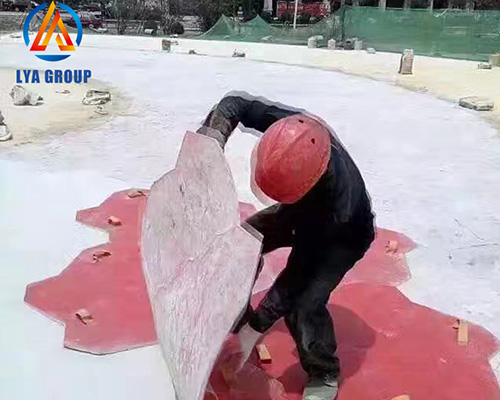
After the construction of the concrete stamp mold, the ground is not only tough and wear-resistant, but also shows colorful patterns; the decoration beautifies the environment, presents the beauty of nature, and can improve the grade of the overall building! Its construction saves time and effort, and is easier to clean and maintain. Let’s see how it’s constructed
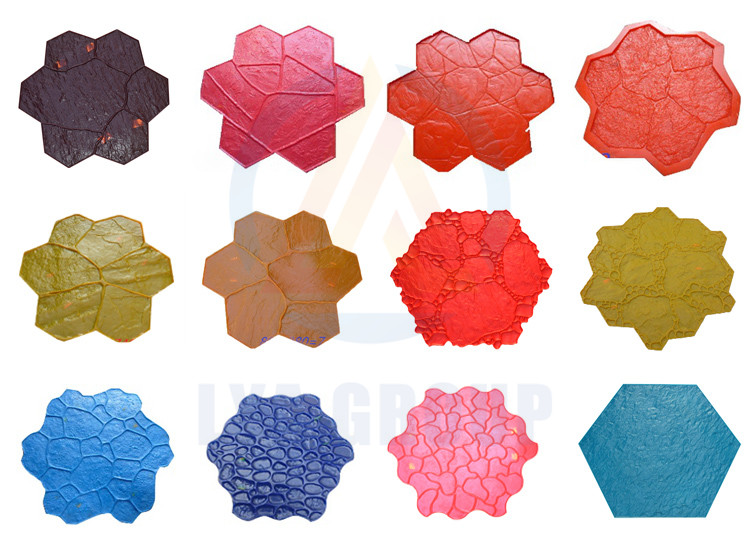
Process requirements
1. After concrete, when the concrete is initially set, the construction personnel use a large spatula to lighten the surface of the concrete. When collecting light, pay attention to whether there is laitance on the surface. If there is excess laitance, it should be scraped out manually. The function of slurry extraction is to integrate the colored reinforcing material with the concrete. If there is a large aggregate (stone) floating on the surface during the light-receiving process, it should be picked up.
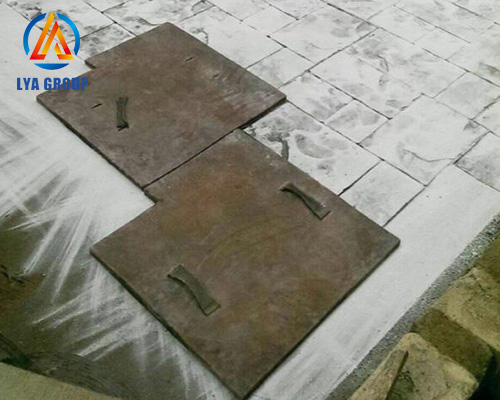
2. When the finishing is completed, it is very important to grasp the time of the initial setting stage of the concrete. When the water on the concrete surface basically evaporates, but it is still wet, the color reinforcement can be sprinkled.
3. Sowing strengthening material and receiving light
1) For the first time, the colored reinforcing material should be spread on the concrete surface manually and evenly according to the quantity of the sub-silo surface and the construction area. When the artistic floor reinforcing material absorbs the water of the concrete After it becomes evenly darkened, start to use a large spatula to finish the light. At this stage, care should be taken not to rub too much, otherwise there may be a color difference or the true color of the concrete may be exposed.
2) Spread the remaining 1/3 of the ingredients a second time. The second time to spread the main material or the part where the natural color of the concrete is exposed, the color reinforcement will also absorb water and become darker. After the surface reinforcement is evenly wet, use a large spatula for secondary finishing. The purpose of the two spreadings is thus to ensure uniform coverage and penetration of the reinforcement.
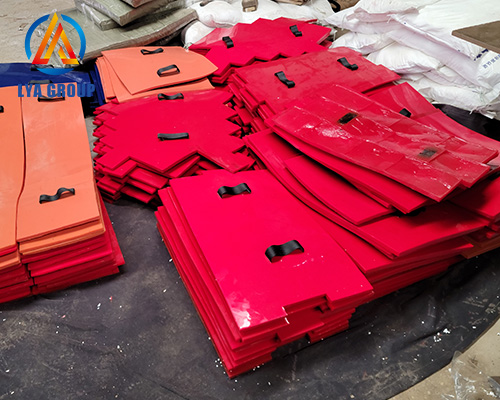
4. Spread the color release powder on the art floor. The spreading of color concrete stamp moldrelease powder should also master the timing and uniformity. Spreading the demoulding powder should be done when you are ready to start molding. Since the material is a light powder, you should avoid strong winds and spread in the downwind direction when spreading. The amount of release powder is related to the degree of uniformity and the familiarity of the construction personnel.
5. Use the concrete stamp mold to texture the floor surface. The concrete stamp mold should be used together. First, determine the distribution direction of the texture, select the position and angle of the first mold, and then place the other molds in turn against the first mold. The concrete stamp mold press mold adopts manual press mold, and the press mold should be operated by skilled personnel to ensure the consistency of embossing depth and the accuracy of mold placement.
6. After the texture imprinting is completed, the construction site should be closed immediately to prevent irrelevant personnel from entering the operation area by mistake and destroying the newly completed colored ground. Damaged art floors will not be perfectly restored.
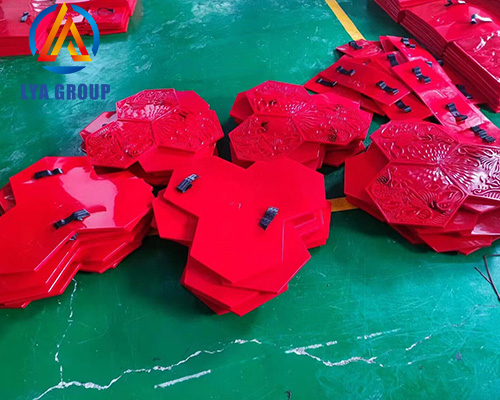
7. Theoretically, the art floor should be washed after being closed for 2-3 days. Under normal circumstances, in order to prevent the new road from being polluted, all the textures of the project should be washed uniformly. When rinsing, it is not necessary to rinse the mold release powder completely, and about 10% of the mold release powder color should be left, so that the artistic ground will have a good gradient effect.
8. After the colored art floor is completely dry, the construction personnel use a special protective agent to spray on the surface of the art floor, and the ground is color-sealed and glossy. The strong visual effect of the natural stone texture of the overall art floor is immediately presented.